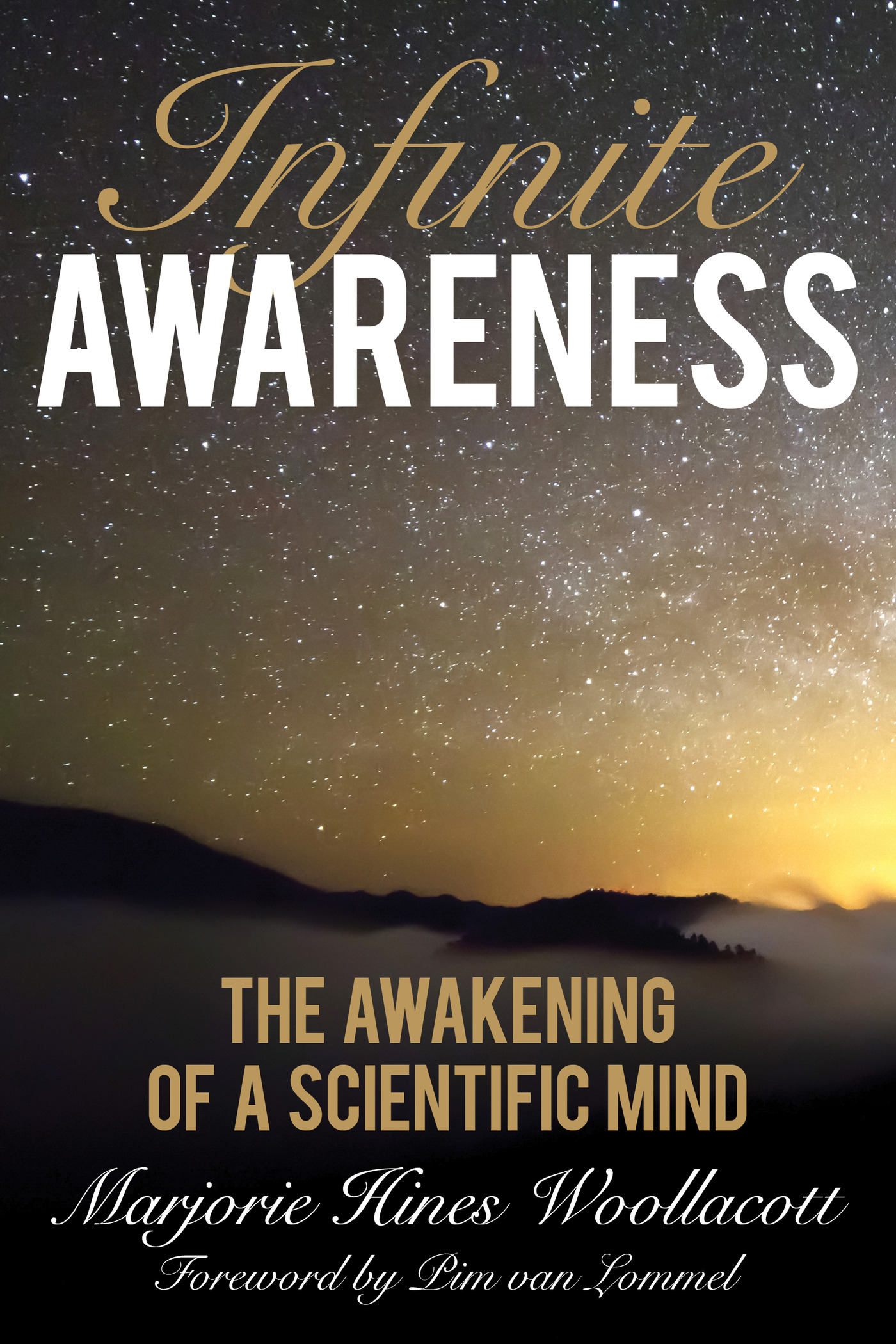Infinite Awareness
Infinite Awareness
The Awakening of a Scientific Mind
Marjorie Hines Woollacott
Foreword by Pim van Lommel
ROWMAN & LITTLEFIELD
Lanham Boulder New York London
Published by Rowman & Littlefield
A wholly owned subsidiary of The Rowman & Littlefield Publishing Group, Inc.
4501 Forbes Boulevard, Suite 200, Lanham, Maryland 20706
www.rowman.com
Unit A, Whitacre Mews, 26-34 Stannary Street, London SE11 4AB
Quotations included are taken from: Light and Death by Michael Sabom. Copyright 1998 by Michael Sabom. Used by permission of Zondervan. www.zondervan.com; Reprinted with the
permission of St. Martins press, from Return to Life: Extraordinary Cases of Children Who Remember Past Lives, by Jim Tucker. Copyright 2013 by Jim B. Tucker. www.stmartins.com; Reprinted with the permission of Simon & Schuster, Inc., from Proof of Heaven, by Eben Alexander, MD.
Copyright 2012 Eben Alexander, MD. www.SimonandSchuster.com; A Replication Study: Three Cases of Children in Northern India Who Are Said to Remember a Previous Life, Journal of Scientific Exploration 3, no. 2 (1989): 13384, by Antonia Mills. Reprinted with permission from Antonia Mills and Journal of Scientific Exploration. www.scientificexploration.org; Irreducible Mind: Toward a Psychology for the 21st Century, edited by E. F. Kelly, E. W. Kelly, A. Crabtree, A. Gauld, M. Grosso, and B. Greyson. Copyright 2007 by Rowman & Littlefield Publishers. Used by permission of Rowman & Littlefield. www.Rowman.com; A Quantum Mechanical Theory of the Mind/Brain Connection, by Henry P. Stapp, in Beyond Physicalism: Toward Reconciliation of Science and Spirituality, edited by E. F. Kelly, A. Crabtree, and P. Marshall. Copyright 2015 by Rowman & Littlefield Publishers. Used by permission of Rowman & Littlefield. www.Rowman.com.
Copyright 2015 by Rowman & Littlefield
All rights reserved. No part of this book may be reproduced in any form or by any electronic or mechanical means, including information storage and retrieval systems, without written permission from the publisher, except by a reviewer who may quote passages in a review.
British Library Cataloguing in Publication Information Available
Library of Congress Cataloging-in-Publication Data
Woollacott, Marjorie H., 1946
Infinite awareness : the awakening of a scientific mind / Marjorie Woollacott ; foreword by Pim van Lommel.
pages cm
Includes bibliographical references and index.
ISBN 978-1-4422-5033-8 (cloth : alk. paper) -- ISBN 978-1-4422-5034-5 (electronic)
1. Philosophy of mind. 2. Consciousness. 3. Religion and science. 4. Spiritual life. 5. Parapsychology. 6. Occultism. I. Title.
BD418.3.W66 2015
128'.2--dc23
2015014098
 TM The paper used in this publication meets the minimum requirements of American National Standard for Information Sciences Permanence of Paper for Printed Library Materials, ANSI/NISO Z39.48-1992.
TM The paper used in this publication meets the minimum requirements of American National Standard for Information Sciences Permanence of Paper for Printed Library Materials, ANSI/NISO Z39.48-1992.
Printed in the United States of America
Foreword
What happens to a neuroscientist who has a totally unexpected conscious experience with enhanced awareness during meditation, when the nervous system is quiet, and who realizes that this experience cannot be fully understood by current mainstream neuroscience? The inevitable result of this experience was that the neuroscientist, Marjorie Woollacott, had a great secret that could not be shared with her colleagues and that she started on a lifelong search, a scientific inquiry to understand and accept this unexpected and at first inexplicable experience.
Marjorie wanted to write this important, groundbreaking, and openhearted book, which has the potential to change permanently our ideas about the interface between consciousness and the brain. She was disappointed that the transcendent level of awareness she experienced in meditation is something that most scientists do not acknowledge. And if neuroscientists should ever be willing to explore this kind of experience of enhanced consciousness and the feeling of unity with the universe, Marjorie was absolutely certain that they would have to include the first-person perspective. For most neuroscientists a subjective experience is not empirical evidence; they think a first-person account should never be trusted because it lacks so-called scientific objectivity. How could Marjorie resolve this problem? It was obvious that her own experiences of meditation challenged her own assumptions that materiality is the sole basis of the universe. They did not fit the current neuroscience model.
Through her practice of meditation, Marjorie had come to realize that the mind, while being influenced by the brain, is much more than just a function of the brain. At the same time, she was dismayed to consider that most of the eminent leaders in neuroscience maintain that consciousness is only a product of a functioning brain, that human beings have no free will, and that determinismthe idea that we are entirely controlled by our genetics and our neural circuitryhas been scientifically proven.
But there is no evidence whatsoever that determinism is a proven fact nor that only the brain produces the mind. For a traditional neuroscientist such phenomena as inspiration, intuition, emotions, and cognitive functioning are nothing more than neural activities in the brain. Marjorie was disheartened to find how few of her colleagues in neuroscience were willing even to question this materialist paradigm. It was her scientific curiosity that stimulated her to study her own experiences during meditation and the unusual conscious experiences of others, and to seek scientific theories to understand how and why these experiences could occur.
She found that, as unlikely as it seems, thousands of scientific studies about meditation are largely ignored by mainstream neuroscience. An important and intriguing finding from these studies is that meditation has an effect on the structure and function of the brain itself: an acute change found during meditation and a permanent change in brain activity induced by many years of meditation. These changes can only be explained by neuroplasticity, which means that changes in conscious awareness during meditation cause changes in the brains synaptic connections. For Marjorie, these changes in the brain supported the idea that consciousness cannot be only a product of brain function but that, on the contrary, consciousness (or mind) must also have an existence apart from the body and that conscious awareness also comes from a source beyond the brain (the top-down perspective).
For Marjorie, some of the most compelling evidence that supports the idea that consciousness can exist without a functioning brain comes from the scientific literature on near-death experiences (NDEs) during cardiac arrest. Though NDEs seem to be fairly regularly occurring, they are, to many physicians, an inexplicable phenomenon and hence are often ignored. According to a recent random poll, about nine million people in the United States have had this extraordinary conscious experience.
As a cardiologist, I had the privilege to meet many patients who were willing to share accounts of their NDEs with me. In 1969, during my rotating internship, a patient was successfully resuscitated in the coronary care unit by electrical defibrillation, but the patient seemed to be very, very disappointed. He told me about going through a tunnel, seeing a light and also beautiful colors, and hearing music. At that time, I did not know that the same kind of experiences have been reported in many cultures, in many religions, and at all times in human history. The term near-death experience did not yet exist, nor had I ever heard of people having such a recollection from the period of their cardiac arrest. In fact, while studying for my degree, I had learned that such an experience is impossible: being unconscious means being unaware, and this applies to any patient suffering a cardiac arrest or in a coma. During cardiac arrest, the brain is not functioning at all; how could there be an experience? Yet I felt certain my patients had had the experience they were describing. For one thing, many of these patients underwent profound life changes afterward.
Next page
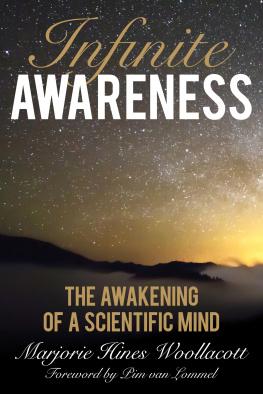
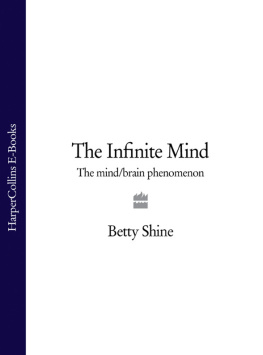


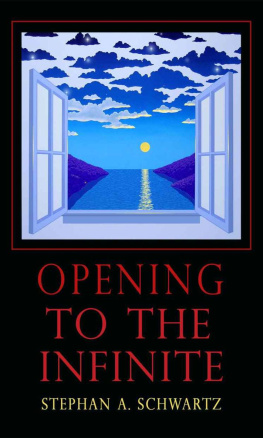
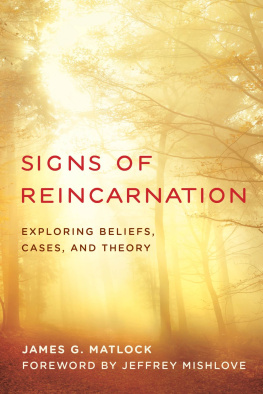


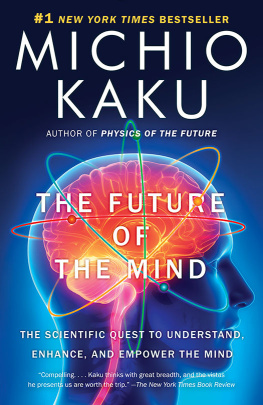

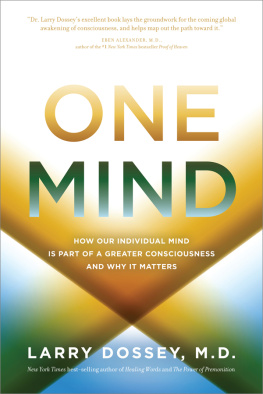
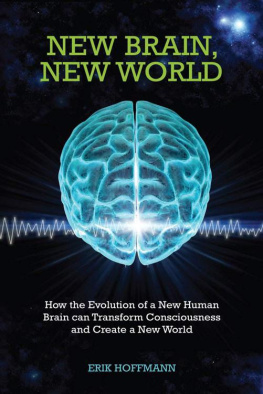
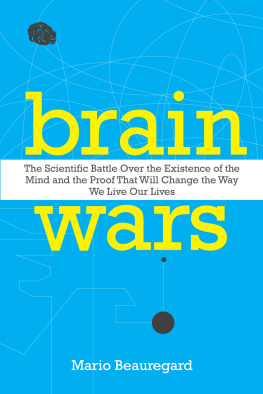
 TM The paper used in this publication meets the minimum requirements of American National Standard for Information Sciences Permanence of Paper for Printed Library Materials, ANSI/NISO Z39.48-1992.
TM The paper used in this publication meets the minimum requirements of American National Standard for Information Sciences Permanence of Paper for Printed Library Materials, ANSI/NISO Z39.48-1992.